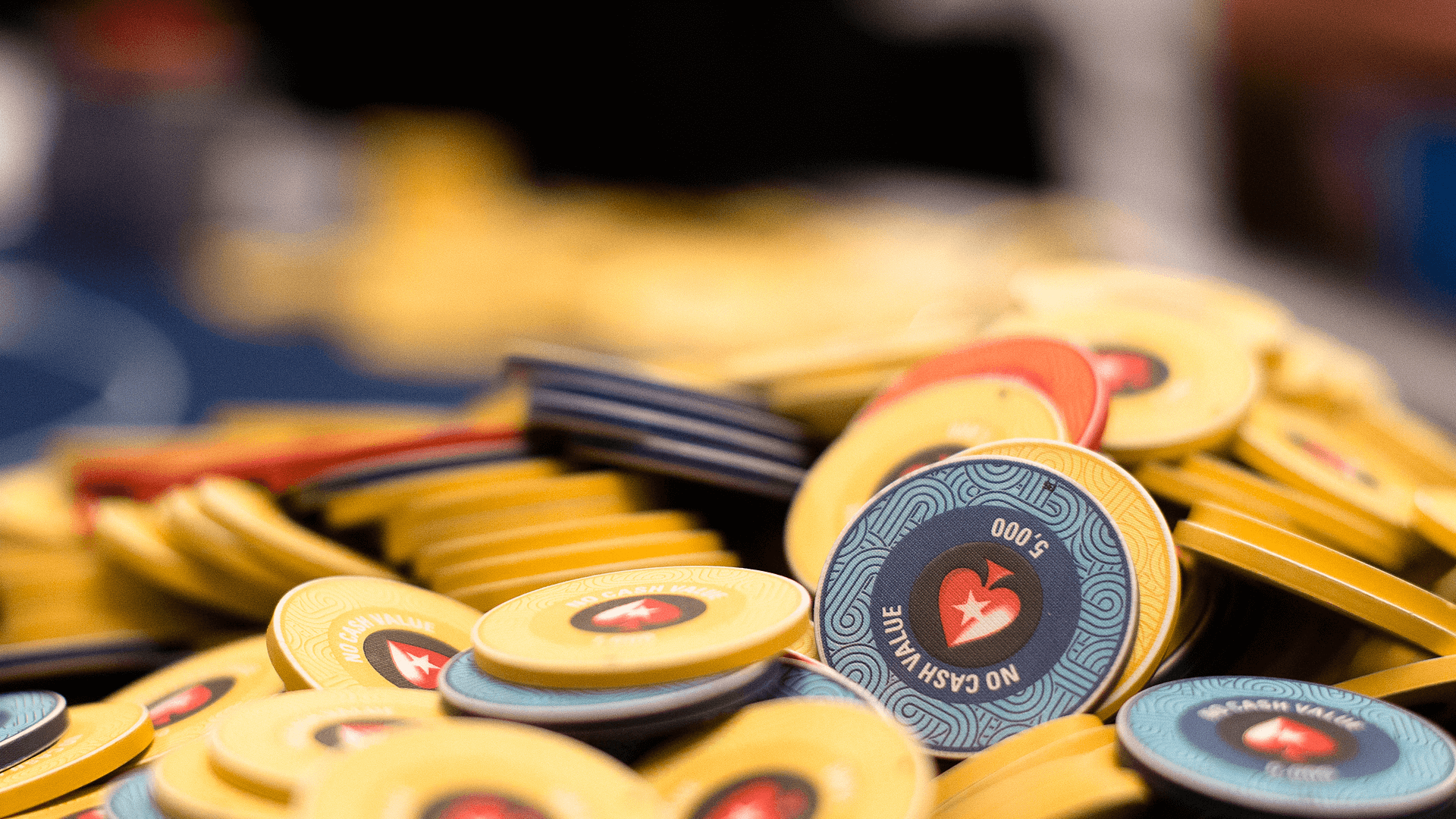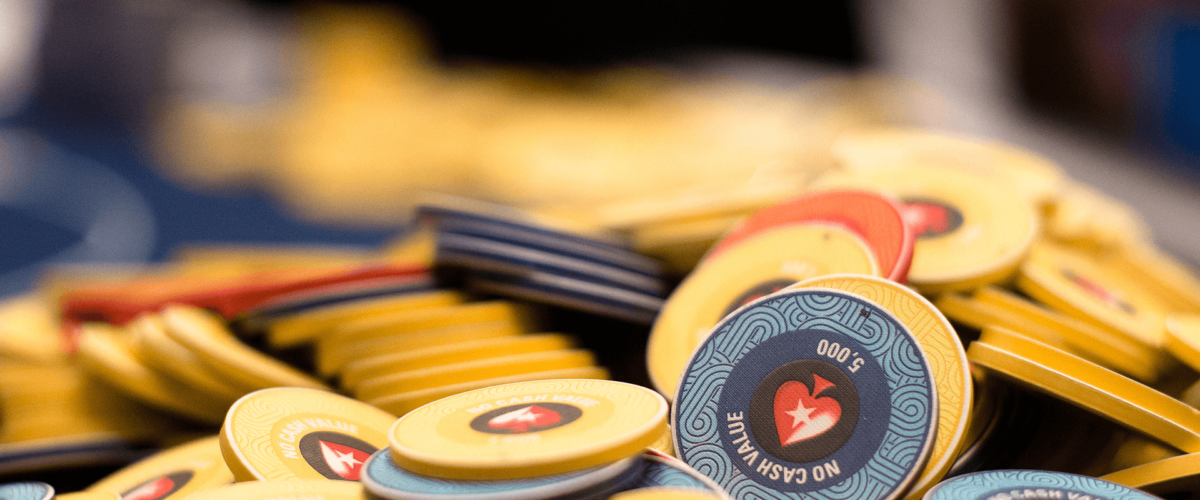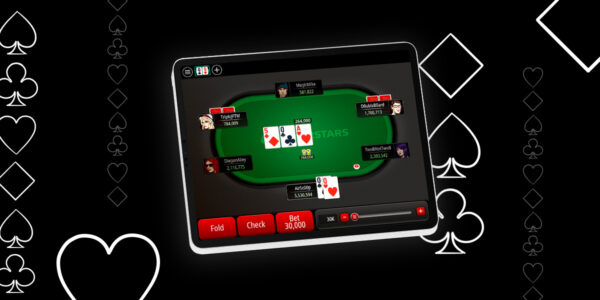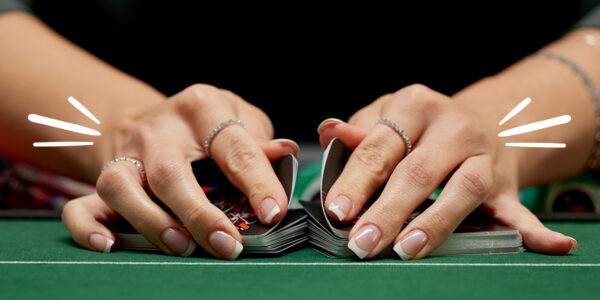How to Use Pot Odds
Most of us have a basic understanding of what pot odds mean. They describe the amount we are risking compared with the size of the pot, which is currently the amount we stand to win. What many players neglect is how to actually use pot odds as an in-game thought process. As many poker decisions are close choices between whether to make an investment or not, a slight change in pot odds can dramatically affect the expected value of making a certain call. In the short-term, this swing may not be huge, but after you have played thousands of hands of that nature, the effect will be massive.
Facing River Bets
The simplest place to start with pot odds is where there are no other complicating factors present in the situation. On the river, if we choose to call a bet in a heads-up pot, there are no future streets and no further actions by either player. This means that our decision is pure. We will always get back exactly what is in the pot when we win; no more and no less. Therefore, we can use the following simple formula to work out well we need to do to call and break-even. Pot odds in this case refer directly to our equity. We shall call this break-even percentage that we need to call our required equity.
Required Equity = Amount Risked / (Total Pot After Villain’s Bet + Amount Risked)
Villain bets 40 into 60 on the river and we think about whether to call with what appears to be a bluff catcher, meaning a hand that does not beat Villain’s value-bets but will always win against a bluff. The first step is to calculate our required equity:
Required Equity = 40 / (100 + 40) = 28.5%

This first step is very important. Subconsciously, our minds usually want to have more than 50% equity. This is because, outside of poker, they are conditioned to only want to do things that are more good than bad. In this river spot, if we lose two thirds of the time, we have a very profitable call thanks to the pot odds. The most common pitfall in doing this calculation is forgetting to add Villain’s bet on to the pot before adding the amount you are risking. Because we get our investment back if we win, it is also part of our reward. If we think that Villain is at all fond of bluffing in this situation, our pot odds will very clearly point towards a call being right.
Calling with Draws
Before the river, a call we make will not end the action for the hand. This means that a few more factors enter the picture and will need to be considered on top of direct pot odds. The first, and our focus here is implied odds. Think of your implied odds as a boost to your pot odds created by the extra average money you can win from Villain on later streets on the occasions where you make your hand. Imagine that we have a flush draw on the turn and face a bet of 75 into a pot of 100. We think that Villain’s betting range is mainly just top pair and better and that we will need to hit our flush to win the pot. We also think that if we get there, we will be able to extract another half-pot sized bet from Villain on the river, on average. We shall call this half pot sized river bet our Implied Odds Bonus (IOB) and add it to our required equity calculation in the following way.
Required Equity = Amount Risked / (Total Pot After Villain’s Bet + Amount Risked + IOB)
In this case, IOB is half of the future pot after we call which is half of 250, or 125.
Required Equity = 75 / (175 + 75 + 125) = 20%
Using the rule of two, we multiply our nine outs by two to reach our predicted actual equity against Villain’s range:
9 x 2 = 18%
We are 2% short and should fold here, even with the extra boost from implied odds. If we thought that Villain was likely to pay off a larger average amount when we made our flush, this spot could quickly become a profitable call.

Calling 3-Bets
One of the commonest uses of pot odds occurs pre-flop, particularly when we have opened with a raise and face a 3-Bet. At this decision point, the tree of possible outcomes is simply too complicated and unknown for us to do any brute force calculation. We can, however, use our experience to make an estimate of roughly how much of the pot we are likely to get back if we call. Our required equity in this case is better rephrased as pot entitlement. It is not just equity now that affects our average outcome from calling a 3-bet but many other factors. The equation, however, remains the same.
Pot Entitlement = Amount Risked / (Total Pot After Villain’s Bet + Amount Risked)
Let’s say that we open the SB to $3 with AhTh and the BB, who is an active regular, 3-Bets us to $9.
Pot Entitlement = 6 / (12 + 6) = 33%
We can call this 3-Bet if we believe that we are entitled to 33% of this pot or more on average. Even though we are out of position, our hand is very strong in the context of a blind vs. blind battle. We should expect Villain to be 3-Betting many hands against which we are in good shape. Although we may not be entitled to as much as half of the pot, and so our mind will naturally lean towards wanting to fold, calling is clearly a better choice as long as Villain is reasonably aggressive in this spot. It all comes down to pot odds and how little of the pot they actually demand that we win in order to get our pre-flop call back.
Conclusion
As we improve as players, we learn more and more about how to analyse pot odds and how large an affect they have on the profitability of an investment. Today we have just scratched the surface, but the pattern is clear. The closer we get to the river; the more pot odds relate to our equity against our opponent’s range. On earlier streets, pot odds outline how well we need to do in general and this can be a result of many factors that can only be estimated, not calculated exactly.
Condimentum Nibh
Donec sed odio dui. Cras mattis consectetur purus sit amet fermentum. Vestibulum id ligula porta felis euismod semper. Curabitur blandit tempus porttitor.







